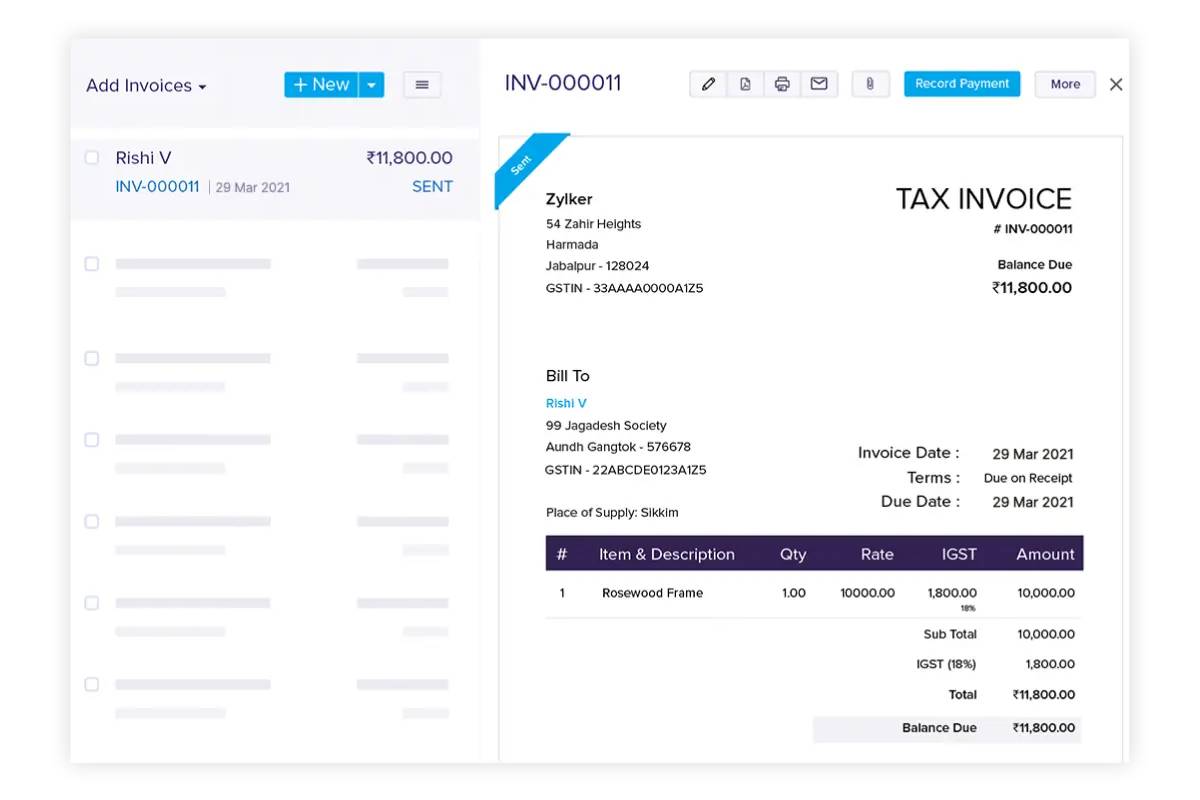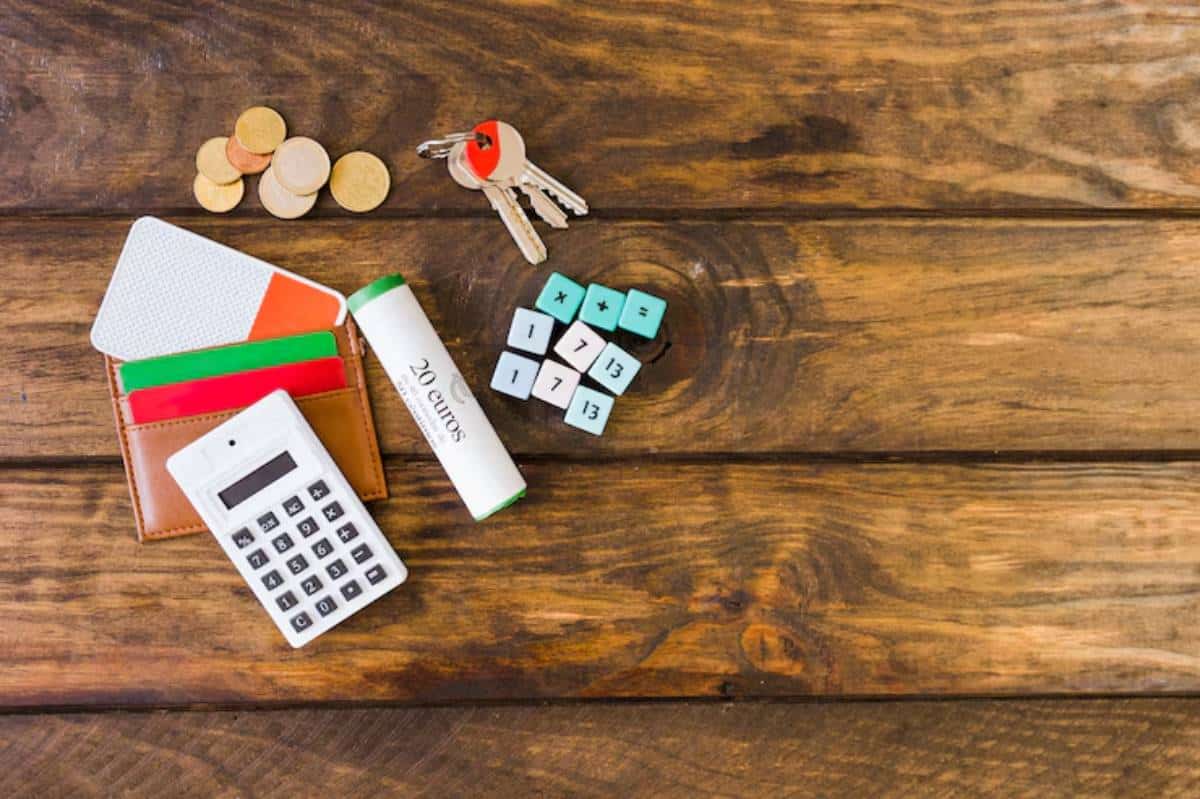
Year-End Tax Planning Tips for Freelancers: Boost Your Efficiency Before April 5
For many freelancers, the end of the tax year can feel like that last-minute sprint at the end of a marathon — juggling invoices, expenses, and spreadsheets while trying to stay on top of it all. But it doesn’t have to be stressful. With a bit of forward thinking and some smart year-end strategies, you can finish strong and even save yourself a tidy sum in taxes.
Whether you’re a creative freelancer, consultant, or side hustler, good tax planning isn’t just about avoiding trouble with HMRC — it’s about making sure you’re financially efficient and keeping more of what you earn. As the April 5 deadline approaches, this guide will help you assess, adjust, and act to maximise your tax efficiency.
Let’s examine what you can do right now to prepare for a smoother, more profitable year-end.
Why Year-End Tax Planning Matters
You’re responsible for your own tax
When you’re self-employed, there’s no employer sorting your tax behind the scenes. You’re in charge of calculating, saving, and paying your dues, and HMRC won’t go easy if you’re caught short.
It can save you money
Timely planning helps you:
- Take advantage of allowances
- Claim all eligible expenses
- Avoid penalties and interest
- Reduce taxable income through legal methods
It’s not about dodging tax — it’s about paying the right amount, no more and no less.
Top Year-End Tax Planning Strategies for Freelancers
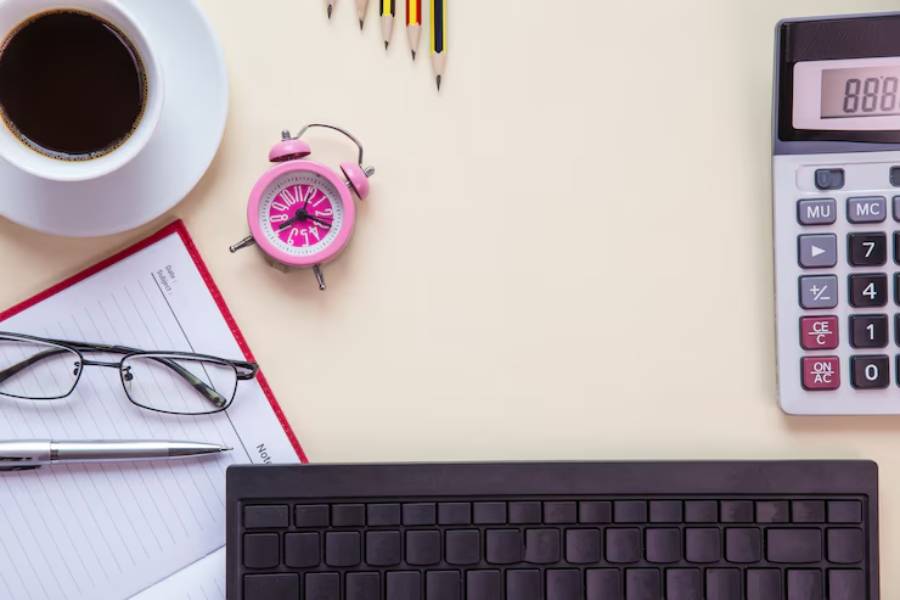
1. Review Your Income and Expenses
Start with a clear picture of where you stand.
- How much have you earned this tax year (April 6–April 5)?
- What are your business expenses?
- Are there outstanding invoices you expect to be paid before April 5?
Tools like QuickBooks, FreeAgent, or simple spreadsheets can help you track everything. The goal is to know your taxable income, not just what’s sitting in your bank account.
Pro tip: Run a profit-and-loss report to get a bird’s-eye view of your financial health.
2. Maximise Allowable Business Expenses
Many freelancers miss out on savings because they don’t claim all their eligible expenses.
These can include:
- Office supplies and equipment
- Software subscriptions (like Adobe, Canva, or Zoom)
- Mobile and internet bills (business proportion only)
- Travel for client meetings
- Marketing and advertising
- Professional development or training
- Accountant fees
If you’ve incurred costs wholly and exclusively for your business, you should claim them.
End-of-year tip: If you need a new laptop or equipment, consider buying it before April 5 to reduce this year’s taxable profit.
3. Use Your Personal Allowance and Tax Bands Wisely
Everyone in the UK has a personal allowance — currently £12,570 — meaning the first chunk of your income is tax-free.
But things get interesting above that:
- £12,571 to £50,270: Basic rate (20%)
- £50,271 to £125,140: Higher rate (40%)
- Over £125,140: Additional rate (45%)
If your earnings are pushing you into a higher bracket, now’s the time to think smart:
- Can you defer income to the next tax year?
- Could you bring forward expenses into this year?
- Should you make pension contributions to reduce your taxable income?
We’ll cover pensions shortly — they’re a freelancer’s best friend.
4. Consider Making a Pension Contribution
Adding to your pension not only prepares you for the future, it can also trim your tax bill.
You can contribute up to £60,000 a year (or 100% of your earnings if lower) into a pension and receive tax relief.
- Basic rate taxpayers get 20% relief added automatically
- Higher-rate taxpayers can claim an extra 20% via Self Assessment
Example: You earn £55,000 and put £5,000 into a pension. That reduces your taxable income to £50,000 — potentially saving you hundreds.
A Self-Invested Personal Pension (SIPP) gives you flexibility and control, or you can go with a provider like NEST or PensionBee.
5. Use the Trading Allowance if You’re a Side Hustler
If you’re just starting out and your freelance income is under £1,000, you don’t need to register for Self Assessment or pay tax — thanks to the trading allowance.
If you earn more than £1,000, you’ll need to register and submit a tax return — but you can still deduct the £1,000 allowance instead of tracking expenses (if it gives you a better result).
6. Check Your Payments on Account
If your last tax bill was over £1,000, HMRC likely asked you to make Payments on Account — advance payments towards the next year’s bill.
Due:
- January 31 (first payment)
- July 31 (second payment)
If your income has dropped this year (due to reduced work, illness, etc.), you can apply to reduce your payments on account. This avoids overpaying and protects your cash flow.
You can log in to your HMRC account and submit a claim to reduce them, but be realistic, as underestimating can lead to interest.
7. Invest in Training and Upskilling
Courses, workshops, or industry certifications directly related to your business may be tax-deductible. Not only does this enhance your offering, it also reduces your tax bill.
Examples include:
- A graphic designer taking an advanced Adobe course
- A personal trainer studying nutrition to expand services
- A copywriter investing in SEO workshops
Tip: Book and pay for these before April 5 to count for this tax year.
8. Chase Late Invoices and Set Clear Cut-Offs
While it’s tempting to leave invoicing till later, getting payments in before April 5 ensures you account for all income in the current year.
- Review your client list
- Send reminders for overdue payments
- Offer small incentives for early payment if needed
It also helps you forecast your tax bill more accurately.
9. Top Up Your ISA
While not directly related to your Self Assessment tax return, an Individual Savings Account (ISA) lets you save or invest up to £20,000 per year tax-free.
If you’ve got extra cash, consider putting it into:
- Cash ISA – risk-free savings
- Stocks & Shares ISA – for long-term investing
- Innovative Finance ISA – for peer-to-peer lending
Use the allowance before the tax year ends — it doesn’t roll over.
10. Consider Charitable Donations
Donating to charity through Gift Aid boosts the donation value and can reduce your tax bill.
- Higher and additional rate taxpayers can claim back the difference between their rate and the basic rate
- You must include the donation on your Self Assessment
It’s a win-win — you support a cause and reduce your liability.
What to Do After April 5
Even if you missed some of the above steps before the deadline, there’s still time to act.
1. File Early
Don’t wait until January.
Submitting your tax return early gives you:
- Clarity on how much you owe
- Time to budget
- Less stress at Christmas
Early filing doesn’t mean early payment — you still have until January 31 to settle the bill.
2. Save for Your Tax Bill
Create a tax pot and regularly put aside 20–30% of every invoice. Banks like Monzo, Starling, or Tide make this easy with automatic saving features.
This turns a painful lump sum into manageable bites.
Real-World Story: How Sophie Avoided a £2,000 Shock
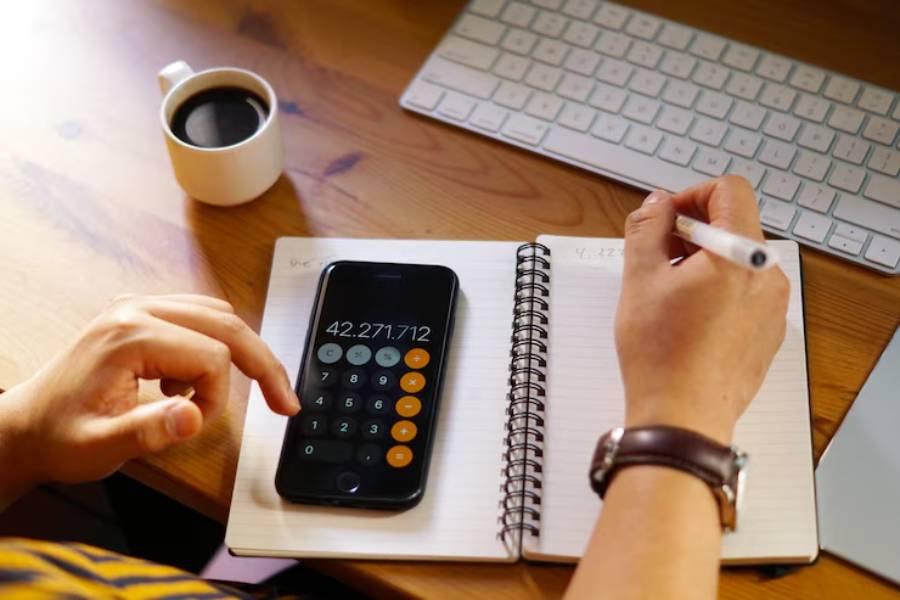
Sophie, a freelance illustrator from Manchester, had her first “proper” year of income in 2022–23. She didn’t set aside money, thinking she’d worry about it later.
In January, her tax bill was just over £4,000, and she only had £2,000 saved.
“I was gutted,” she says. “But it was a wake-up call.”
Now, Sophie uses FreeAgent, saves 30% of every payment, and books a yearly review with her accountant each March. This year? No surprises — and even a small refund.
Conclusion: Finish the Year Strong and Smart
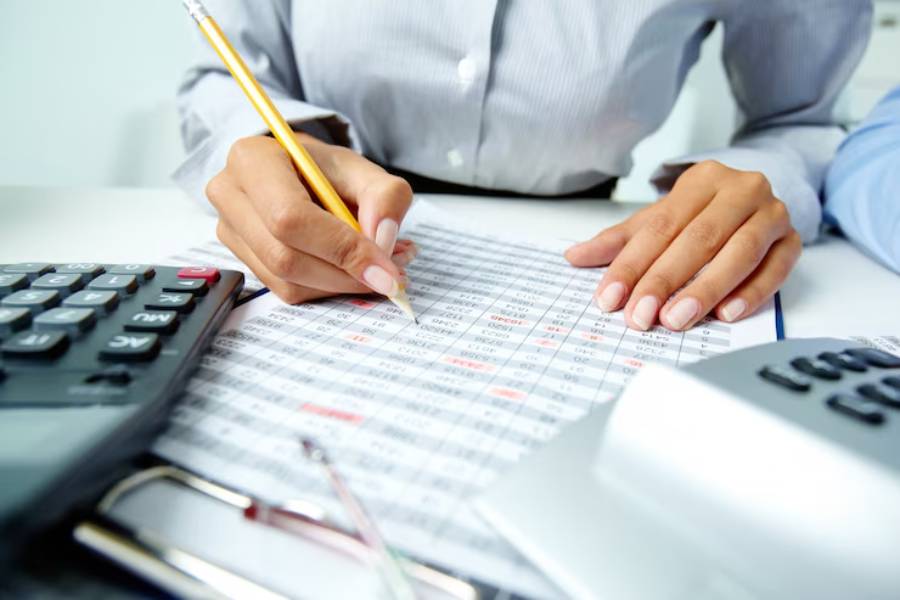
Freelancing offers freedom, but it also comes with responsibility, especially when it comes to taxes. With a little forward planning and some strategic thinking, you can take control of your finances, reduce your tax burden, and enter the new tax year with clarity and confidence.
Key takeaways:
- Review your income and expenses before April 5
- Claim all eligible deductions and expenses
- Use pensions, ISAs, and charitable donations to reduce taxable income
- Keep tax savings separate — and stay ahead of Payments on Account
- File early, avoid surprises, and make next year easier
Your next step? Take an hour this week to review your accounts, speak to your accountant (if you have one), and act on at least two of the tips above. Future you will thank you.


